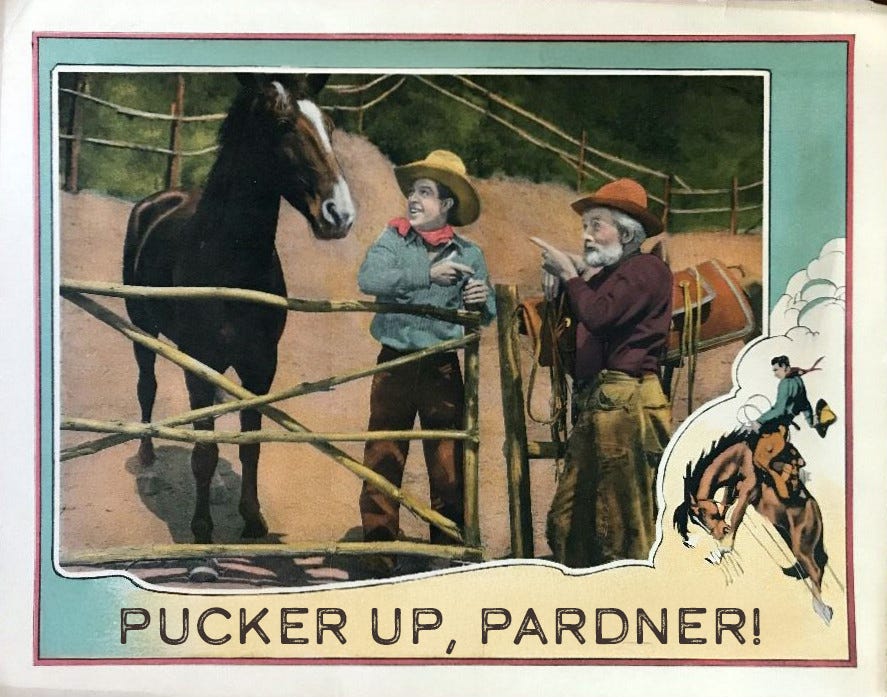Pucker Up, Pardner
Why You Should Love (or Loathe) the Western genre
In Westerns, you were permitted to kiss your horse but never your girl. - Gary Cooper
Seen Any Good Westerns Lately?
My father-in-law spent Saturday evenings watching John Wayne and Lee Marvin on television, and I grew up with Gunsmoke, F-Troop, the Lone Ranger, and Bonanza. As far back as I can recall, my ears have been filled with sounds of six-shooter…


